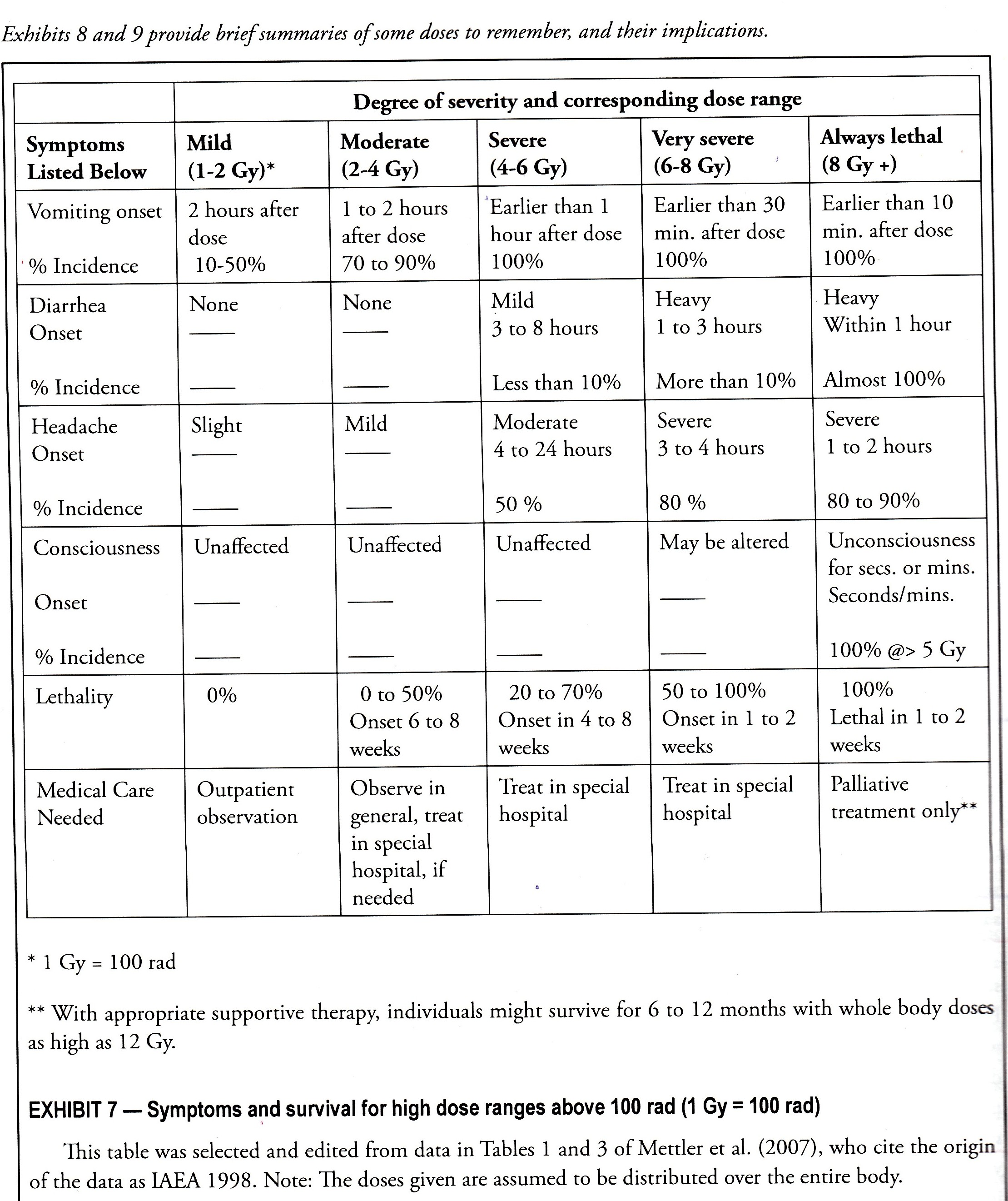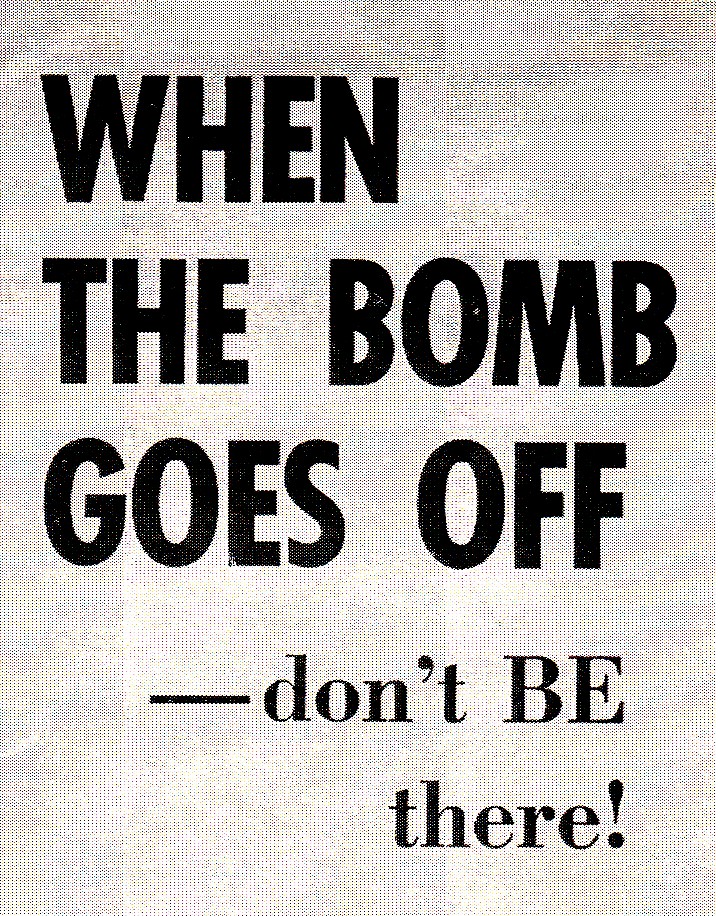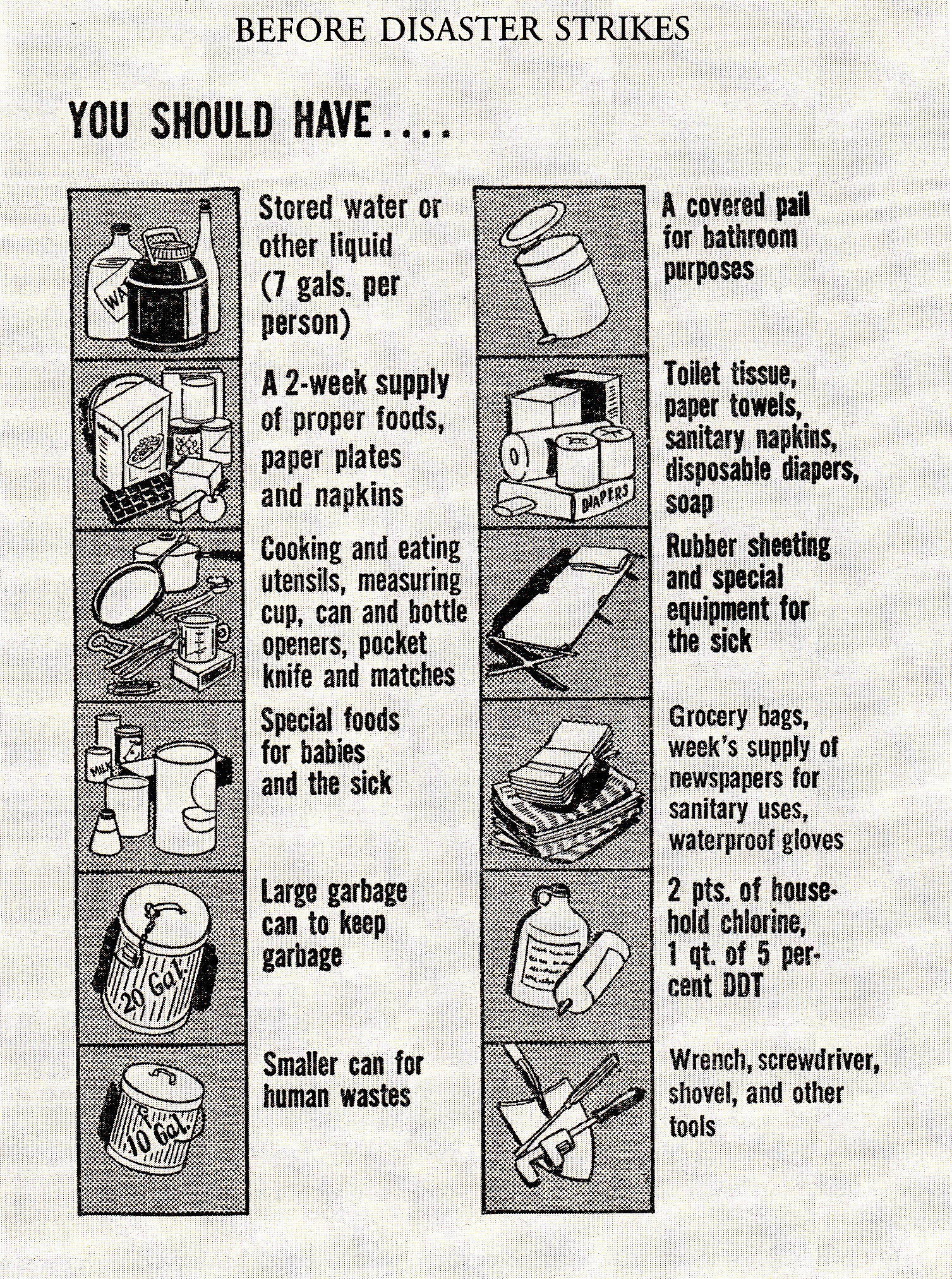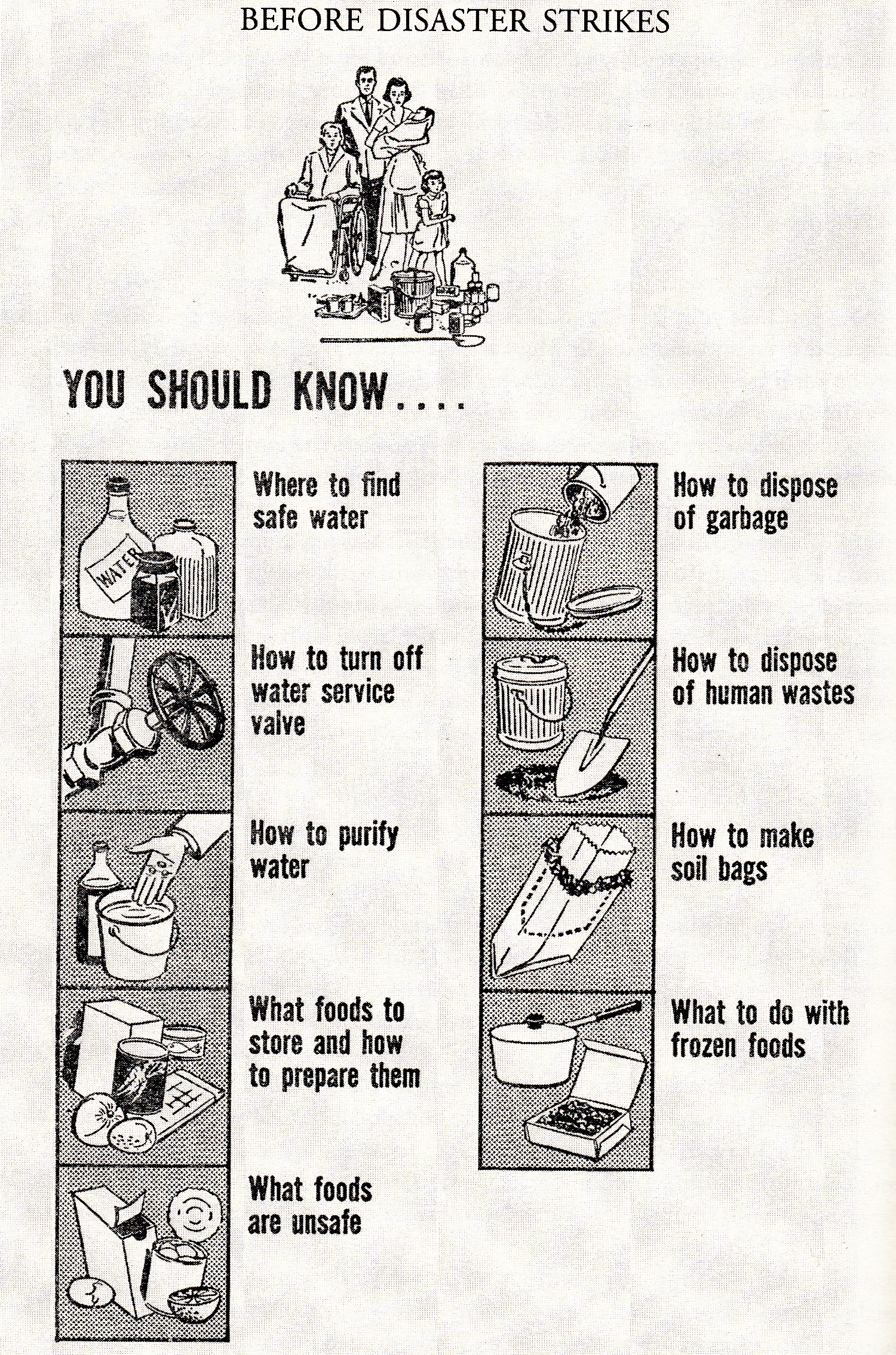Gentlemen, You Have Just Seen The Trailer, & Noted The Section: 'We're All Doomed' For One of The Myths! Now, Watch This Short Collection of Myths That Are Still With Us & Affected The Current Thinking Of Writers, The Media, State, Local and National Governments.
"Some of The Myths That Come Across From The Movie,
That Are Are:

- "There's No Safe Level of Radiation!"
- "Any Radiation Is dangerous!"
- "No Amount of Radiation Is Safe!"
- "Radiation Is Contagious!"
- "The Only Way Out...Is To 'Mercy Kill' Oneself & Family!"
- "Radiation Stays Forever...There Is No Such Thing As Radioactive Decay!"
- "There's No Place To Hide," such as a beneath–the–earth shelter, as in a deep mine with numerous twists beyond the opening!
- Any Action To Save Your Life...Anything You Do Is Useless. Simply 'Shut–Up' And Accept The Inevitable! You're Doomed!"
And That Was The Main Message...and It Still Is Promulgated Today!

Dr. "B" Then Said:

- "There's No Safe Level of Radiation!"
- "Any Radiation Is dangerous!"
- "No Amount of Radiation Is Safe!"
- "Radiation Is Contagious!"
- "The Only Way Out...Is To 'Mercy Kill' Oneself & Family!"
- "Radiation Stays Forever...There Is No Such Thing As Radioactive Decay!"
- "There's No Place To Hide," such as a beneath–the–earth shelter, as in a deep mine with numerous twists beyond the opening!
- Any Action To Save Your Life...Anything You Do Is Useless. Simply 'Shut–Up' And Accept The Inevitable! You're Doomed!" And That Was The Main Message...and It Still Is Promulgated Today!

















